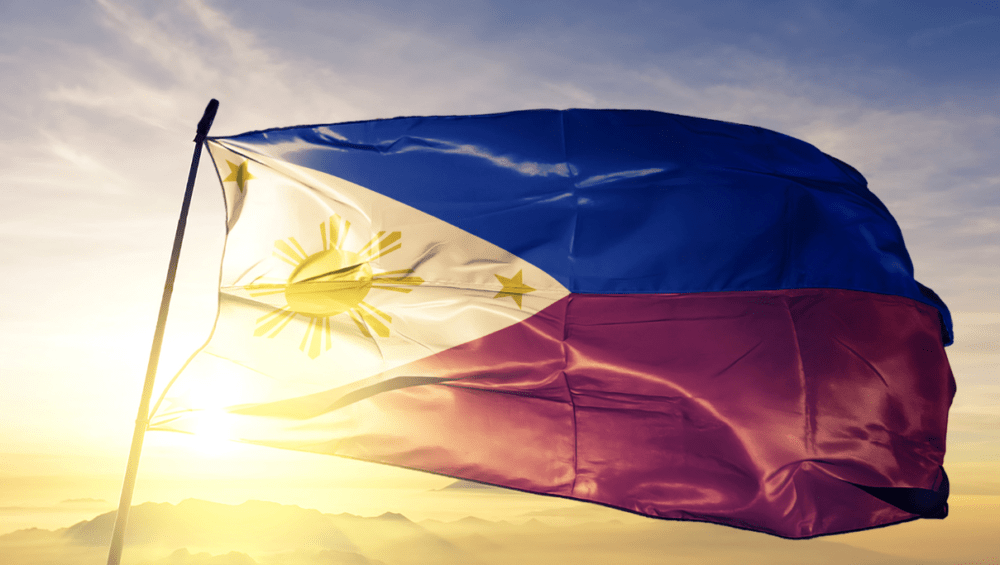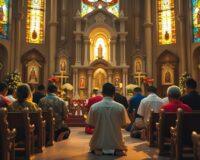Philippines Independence Day: Celebrating Freedom and Heritage
Philippines Independence Day, celebrated every June 12th, marks a monumental day in the nation’s history. This significant occasion commemorates the declaration of independence from Spanish rule in 1898, a key moment that shaped the Philippines’ journey toward becoming the independent nation it is today. It was on this day that Emilio Aguinaldo, the first president of the Philippines, proclaimed the country’s freedom in Kawit, Cavite, ending more than 300 years of Spanish colonization. This act of defiance set the stage for the Philippines’ future as a sovereign nation, inspiring generations of Filipinos to fight for freedom, justice, and equality.
The holiday is a powerful symbol of the nation’s resilience, the struggles endured, and the hard-won independence that defines the country today. It is a day filled with pride, patriotism, and reflection on the country’s history, struggles, and achievements. While the formal declaration in 1898 marked the Philippines’ liberation from Spain, true independence was not achieved until 1946, after the country was ceded to the United States and then eventually granted full sovereignty. Nevertheless, June 12 remains the primary date for celebrating the Philippines’ fight for freedom and sovereignty.
In this article, we’ll delve into the rich history, cultural significance, and modern-day celebrations of the Philippines Independence Day. Whether you’re a local wanting to deepen your understanding of this important day or a visitor interested in learning about Filipino traditions, this guide offers valuable insights into what makes this holiday so special. We’ll also explore how Independence Day is observed across the country and globally, highlighting the customs, events, and ceremonies that bring Filipinos together in their shared national pride. Through this exploration, you’ll gain a deeper appreciation for the enduring legacy of the Philippines’ fight for independence and the values it continues to represent today.
The Historical Significance of Philippines Independence Day
The Philippines’ fight for independence was long and challenging, spanning over three centuries of Spanish colonization. On June 12, 1898, Emilio Aguinaldo, the first president of the Philippines, officially declared the country’s independence in Kawit, Cavite, signaling the end of Spanish rule. This declaration came after years of revolutionary efforts led by Filipino nationalists who sought freedom from colonial oppression.
It’s important to note that, although Spain relinquished control, the Philippines’ independence was not immediately recognized by other powers. After a brief period of American colonization, the Philippines ultimately gained full sovereignty, culminating in the official independence granted by the United States on July 4, 1946. However, June 12 remains the symbolic day of the Philippines’ declaration of freedom and is celebrated with great fervor.
What Does Philippines Independence Day Mean Today?
Philippines Independence Day is more than just a historical marker; it’s a celebration of Filipino identity, unity, and the enduring spirit of freedom. It serves as a reminder of the sacrifices made by past generations to achieve independence and highlights the importance of national pride. Today, it is a time for Filipinos to reflect on the progress the nation has made and to celebrate their collective heritage.
For many Filipinos, it’s also an opportunity to honor the countless heroes who fought for the country’s freedom. Heroes like Andres Bonifacio, Jose Rizal, and other revolutionaries are remembered for their dedication to achieving liberty and justice. The day reminds the nation of the importance of freedom, democracy, and the responsibility each citizen carries in upholding these values.
How is Philippines Independence Day Celebrated?
The celebration of Philippines Independence Day is marked by a variety of events and activities across the country. These celebrations are often a mix of formal ceremonies and lively public festivities. Here are some key ways the day is commemorated:
1. Flag-Raising Ceremonies and Parades
The day typically begins with flag-raising ceremonies at significant landmarks, including the Rizal Park in Manila, where national leaders and citizens gather to honor the flag and the heroes of the revolution. The Philippine flag, a symbol of the country’s freedom, is displayed prominently throughout the day. Parades, often featuring military units, cultural groups, and performances, also take place in major cities, adding to the festive atmosphere.
2. Cultural Performances
Throughout the day, many regions in the Philippines showcase traditional music, dance, and art forms to celebrate the country’s rich cultural heritage. From folk dances like the Tinikling to musical performances by local artists, these cultural expressions offer a vibrant display of Filipino pride and creativity.
3. Fireworks and Public Gatherings
In many cities and provinces, fireworks light up the night sky to mark the conclusion of the day’s festivities. Public gatherings and local events often include food, music, and community activities that bring Filipinos together in celebration.
4. Educational Programs
Philippine Independence Day also serves as an opportunity for schools, museums, and historical societies to educate the public about the country’s history. Educational programs and exhibits are often organized to teach the younger generation about the significance of the day and the struggles that led to independence.
5. The Role of the President
The President of the Philippines typically delivers a speech to the nation, highlighting the importance of unity, progress, and the ongoing pursuit of freedom. This speech serves as both a reflection on the nation’s history and a call to action for the future of the country.
The Global Reach of Philippines Independence Day
While Philippines Independence Day is predominantly celebrated in the Philippines, it is also recognized by Filipino communities around the world. In countries with large Filipino populations, such as the United States, Canada, and the United Arab Emirates, there are also celebrations that include parades, cultural events, and gatherings. These global observances are an important reminder of the Filipino diaspora’s enduring connection to their roots and their commitment to upholding the values of freedom and democracy.
Why Is Philippines Independence Day Important?
Philippines Independence Day is a powerful symbol of the nation’s resilience, strength, and unity. It’s a day to honor the heroes who fought for liberty, to reflect on the sacrifices made for freedom, and to appreciate the country’s democratic foundations. The holiday also fosters national pride and a collective sense of identity, reminding Filipinos everywhere of their shared heritage and their role in shaping the future of their country.
Conclusion
Philippines Independence Day is a significant holiday that allows Filipinos to celebrate their freedom, culture, and history. From its historical origins to its modern-day celebrations, it is a time for reflection, pride, and unity. Whether you’re in the Philippines or abroad, participating in the festivities is a wonderful way to connect with the spirit of independence and the enduring legacy of the nation’s fight for freedom.



